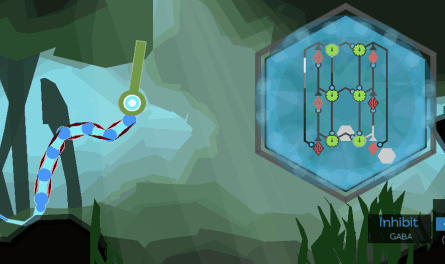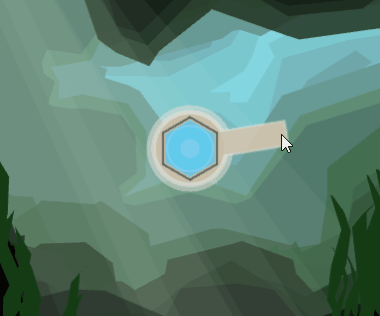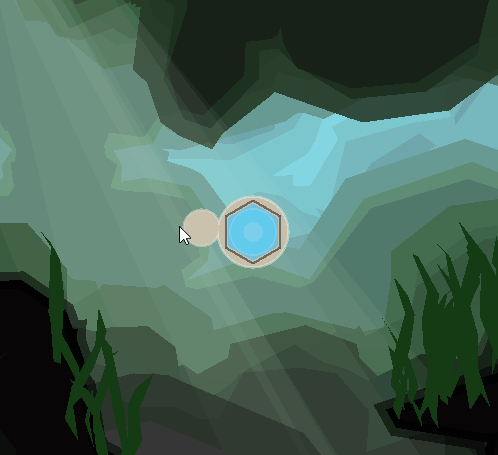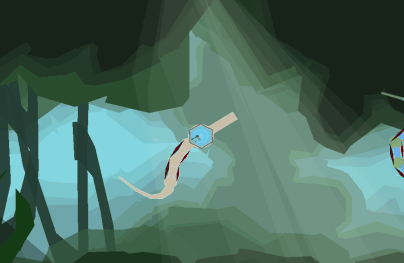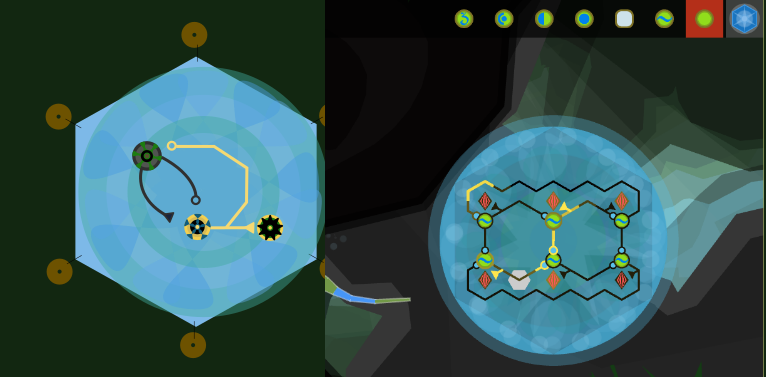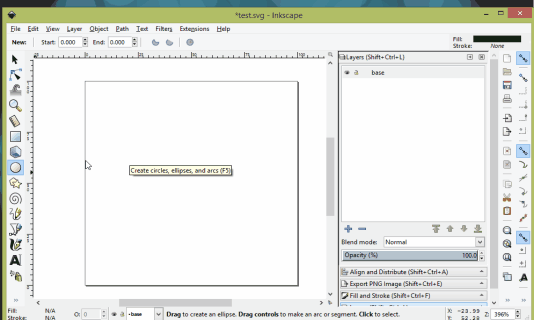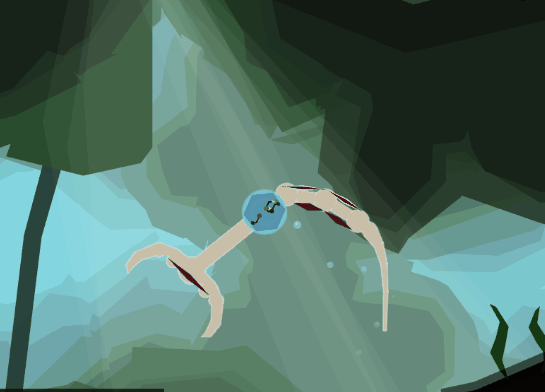Wicklog #5 - Art pipeline & coherent visual/gameplay vision
Whoop, day late. I’m trying to stick to my every-other Monday schedule for these, but it slipped a bit this time.
-
New build up on the itch.io page. Still trying to decide how often I should update the online demos vs not bothering until I have something for the Kickstarter beta testers to chew on.
-
Submitted Crescent Loom to Indiecade, a big showcase of up-and-coming indie games hosted every year in LA. Was a long application, but it forced me to write a couple of coherent statements of artistic intent/innovation/influences. If you’re curious, you can check ‘em out in this google doc.
-
Submitted art proofs of stickers to printers, should be getting those in my hands within the next few weeks.
UPDATES
Continued tweaking cell properties. It’s now possible to make chains of pacemakers inhibiting each other, which is a type of circuit you see all the time in nature:
I sank a few days into trying to add the ability to pick limbs back up after you’d placed them down. Unfortunately, in my rush to get something playable in time for the Kickstarter campaign, I’d cobbled together a super janky coordinate system that immediately crumbled in the face of anything new (I could relate). Behold my struggle in guess-and-checking my way through trigonometry:
Eventually got it sorted, but it was a classic example of what happens when you code fast instead of coding well.
Changing how the position of limbs are stored meant that all the creatures from the original demo will no longer work, so I then spent a bit of time re-adding support for AI creatures. They're pretty.
One of my methods of procrastination is to work on the art. The cells really needed to be more recognizable, so I started designing fancy, ornate cells inspired by elaborate fabric patterns. This ended up adding a lot of visual noise to the brains. I ended up making the call to return to simple symbols and shapes to make the overall design more readable.
In trying to decide what style to go with, I came up against the fact that Crescent Loom does not have a strong, unifying artistic theme (check out this talk by the creative lead of Darkest Dungeon for why this is super important).
So far, a lot of the aesthetic decisions I’ve made in Crescent Loom have been in response to technical constraints: my library can only handle straight lines and perfect circles from Inkscape, so there’s no curved lines. I haven’t figured out how add textures, so colors are flat (spiced up with semitransparent borders).This happens to be in line with my design goals of making the game visually friendly and accessible, but I think it’s suffering for a lack of having a consistent vision for what the creatures and world should end up looking like.
This is especially relevant given that last night I set up an art pipeline where I can just draw limbs in Inkscape and they’ll show up as physics objects:
So now I can make more biological-looking limbs, as opposed to the current rectangles-and-circles aesthetic that I’ve had since the beginning:
Expect some creatures-eating-creatures action in the next update. >:)
DESIGN OF CORE GAMEPLAY LOOP
My brother recently pointed out that the gameplay of Crescent Loom seems to be split. Do people make creatures that:- are controlled by the player,- can move and navigate on their own?
The former would work better in a traditional video game setting where you can explore some kind of world. Emphasis would be on making a single general-purpose creature to act as your avatar.
The latter would require concise challenges where you flip back and forth between editing a creature and watching it go (otherwise you’d spend 10-15 minutes just watching it swim around, which sorta defeats the point of it being a game).
Up til now, I’ve assumed that I’d split the difference it’d end up as an open-world game where players would have limited control over their creatures, but most of the muscle coordination would have to be set up beforehand. I’m now afraid that this doesn’t sufficiently take advantage of the most interesting part of the game: creature creation.
IN ANY CASE, I need some way to efficiently make maps so I don’t have to make each one by hand. I recently stumbled upon Voronoi Tessellations, which (among other things) are a fast way to get interesting cave-like walls. An extra bonus is that they fit with the current low-poly aesthetic of the game. Gonna try to get procedurally-generated maps up and running this next weekend.

SUMMARY
Some new features, fixed old code, searching for a solid artistic & design vision, still gotta apply for more funding sources to keep the ball rolling after the KS.
<3
Wick






